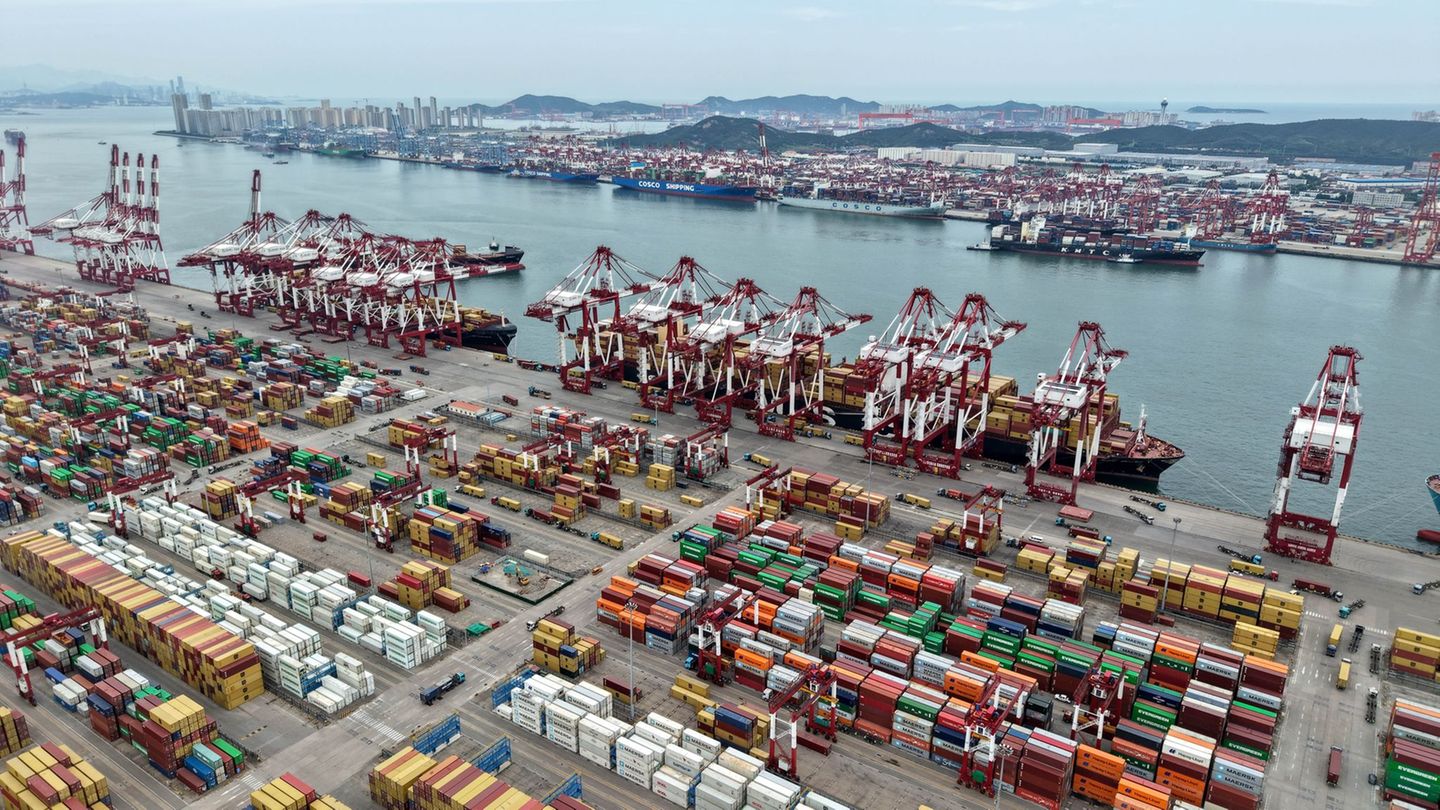Image: VOLKER WEIHBOLD
In 2023, 4.5 million people between the ages of 15 and 64 were employed in Austria, including around 900,000 foreign nationals. Around 80 percent of all employed people are Austrian citizens.
- Read here: There is a lack of women and immigrants in the labor market
The employment rate of people with a migrant background is below that of the population without a migrant background (69 percent compared to 76.1 percent). At the same time, the proportion of the working population with a migrant background varies greatly depending on the country of origin.
According to data from the Austrian Integration Fund (ÖIF), the integration of refugees into the labor market is a particular challenge. The ÖIF tries to make it easier for refugees, displaced people and immigrants to get into work through a series of measures. Among other things, the Integration Fund supported around 66,000 German course places last year; a similar need is expected this year.
Big differences depending on the country of origin
Differences become apparent when comparing the different immigration groups in Austria: people from the EU states before 2004, the EFTA states or the United Kingdom have a significantly higher employment rate of 78.9 percent than people of Turkish origin (62.7 percent) or from other third countries (63.6 percent) – and are even higher than the employment rate among Austrians (76.1 percent). It is said that the high level of labor market integration of immigrants from EU countries is due to their qualifications and easier access to the labor market. In addition, only those who find work would stay in Austria longer.
The most current data on the labor market participation of refugees shows that six years after arriving in Austria, around half of the refugees are employed: In 2021, 52.5 percent of the refugees who came to Austria in 2015 were employed. In comparison, the 2019 vintage was only 15.9 percent after two years.
Lowest rate among women from Afghanistan, Syria or Iraq
The labor force participation of women with a migrant background was 63.2 percent in 2022, significantly lower than that of women without a migrant background (72.9 percent). The employment rate of women from Afghanistan, Syria and Iraq (25 percent) was significantly lower than that of their male counterparts (61.1 percent) and the lowest among all groups of women with a migrant background. For female refugees, entry into the labor market is significantly slower than for male refugees: Figures from 2021 show that after six years, 22 percent of them are in employment, while for men it is almost two thirds.
On Thursday, the Labor Market Service (AMS) reported the current labor market data: The number of foreign people who are registered as unemployed or who are undergoing AMS training rose by 14.7 percent to 175,807 at the end of January compared to the same month last year. Since the end of April 2023, Ukrainians have had completely free access to the labor market in Austria and are therefore recorded in the unemployment statistics. The number of domestic people who are registered as unemployed or who are in training rose by 3.6 percent year-on-year to 245,400 at the end of January.
- Read here: Unemployment rose by 8 percent in January – 421,207 without a job
more from economics




